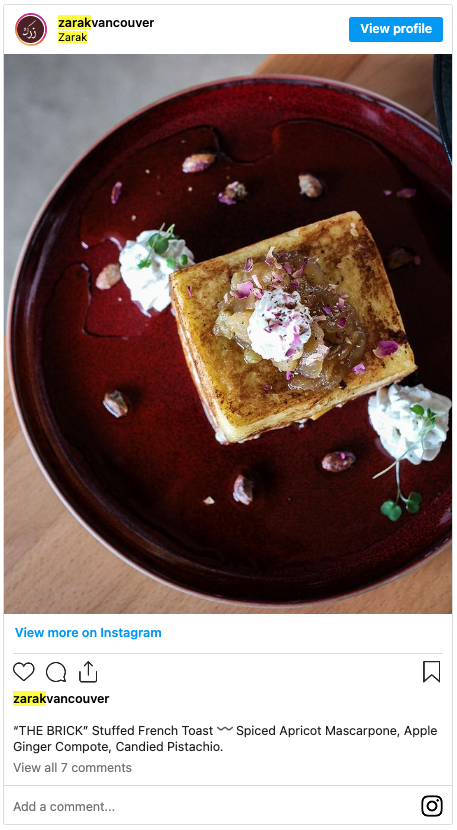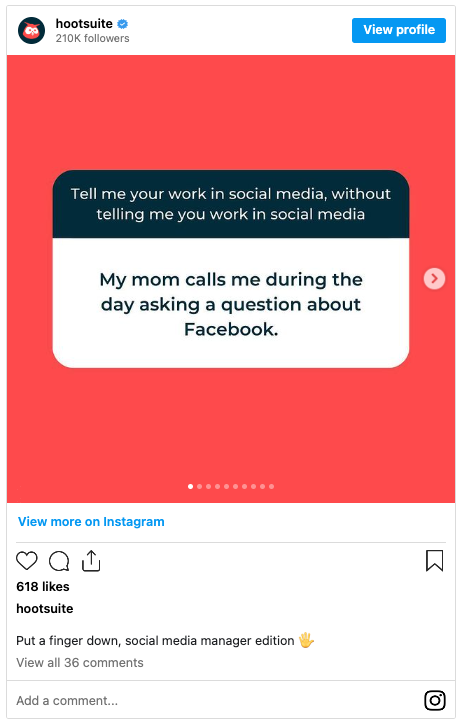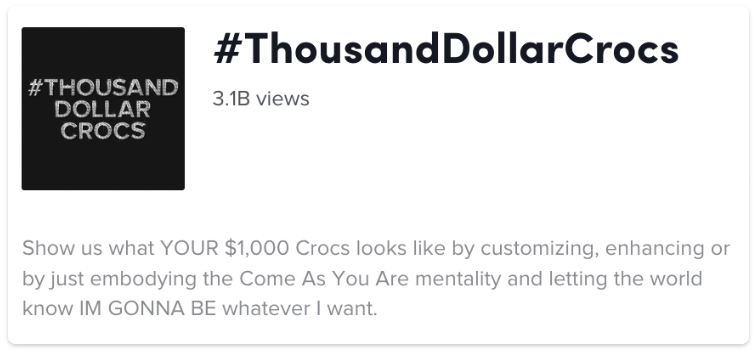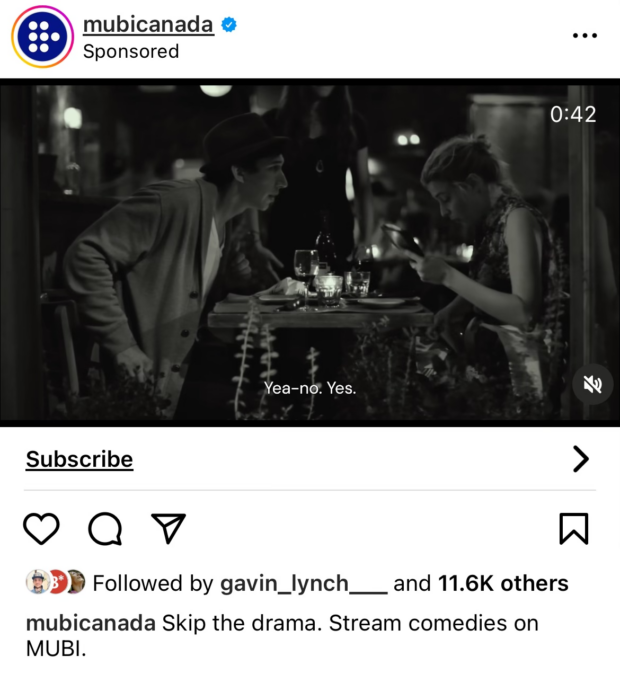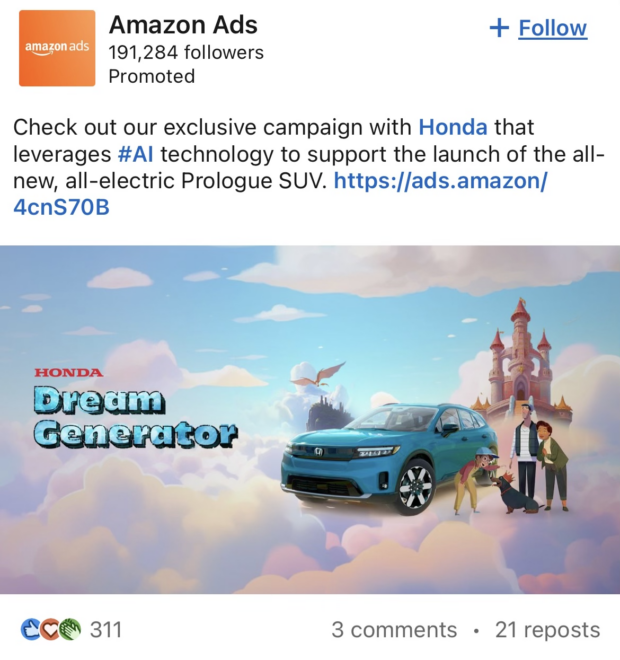Are you thinking of investing in social traffic?
If you’re weighing the options between paid and organic social traffic, we’ll save you some time: you’re better off using both.
Sure, both mediums have their differences, but using them together is the key to building a solid awareness and conversion engine.
Organic traffic brings in users naturally, building trust and lasting engagement. Paid traffic, on the other hand, allows you to reach a wider, targeted audience quickly, and retarget users who are ready to convert.
It’s not about organic OR paid traffic. It’s about organic AND paid traffic.
Table of contents
What is organic social traffic?
Organic social traffic comes from users who find your content naturally without paid promotions. This can happen through search engines, social media posts, or direct visits to your website. These users engage with your content because it resonates with them, not because an ad prompted them to.
According to our media buyer, Serge Abramov, organic social traffic can be explained as:
“Organic traffic means that a user doesn’t click any advertising links, but rather types the name of your brand or product himself and finds it followed by his own interest.
He may do that directly in a browser, or use Google (except for paid Google ads, of course). Talking about social networks, organic social traffic comes from the posts that are not boosted or paid.”
Benefits of organic social traffic
- Trust and credibility: Users trust organic content more, as it doesn’t have the direct influence of paid advertising.
- Cost-effective: Generating organic is relatively cheap. It does not require upfront monetary investment. However, you will need to spend time writing content or designing images and videos.
- Engagement and loyalty: Organic interactions often lead to more meaningful engagement and stronger customer loyalty. According to Serge Abramov, this increases the likelihood of conversion:
“With organic traffic, conversion chances are always higher, because such users usually are conscious of their choice.”
Examples of successful organic posts
- Zarak (Vancouver restaurant): Regularly updates customers about new menu items via organic social media posts, maintaining customer engagement and interest.
- Hootsuite: Uses user-generated content from followers to create humorous, relatable posts that foster deeper audience connections.
- Jaybird Studio (fitness studio): Posts reminders about membership options to encourage sign-ups.
- Educational content: Posts that provide value, like how-to guides or tips, can attract and engage users. For example, a cooking brand sharing recipe videos can drive significant organic traffic.
- Viral content: Engaging and entertaining posts, such as memes or challenges, can quickly spread and attract a large audience. For instance, a viral challenge initiated by a brand that aligns with its message and audience interests.
Paid social traffic is generated through advertisements on social media platforms. These ads target specific audiences based on demographics, interests, and behaviors, driving visitors to your website or landing page. Examples include sponsored posts, display ads, and video ads on platforms like Facebook, Instagram, LinkedIn, and Twitter.
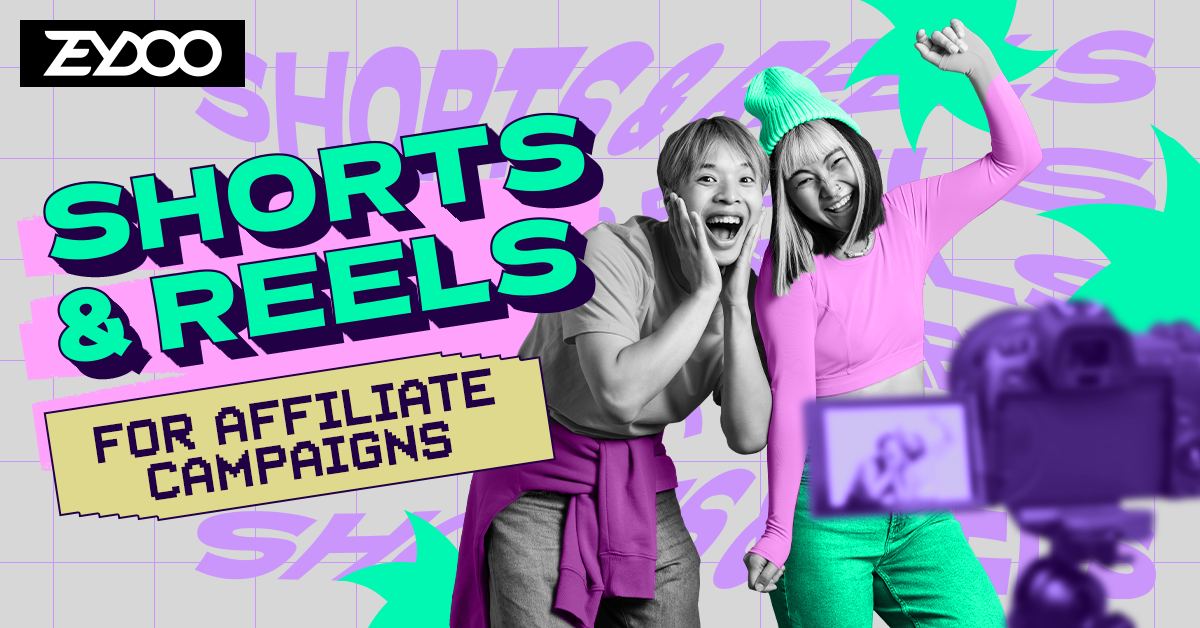
- Targeted reach: Allows you to reach a specific audience quickly based on detailed targeting options.
- Scalability: Easily scalable to increase traffic and reach as needed.
- Immediate results: Delivers quick results and insights, helping you adjust strategies in real time.
- Retargeting capabilities: Helps in reaching users who have previously interacted with your content but haven’t converted.
- Halara (clothing brand): Uses Facebook ads to highlight seasonal colors and styles, directly promoting products and driving sales.
- Vancity Financial: Offers bold Instagram Story ads to entice users with a $300 incentive for joining the bank.
- Mubi (film streaming service): Utilizes simple Instagram feed ads to appeal to audience fear of missing out, leading to subscriptions.
- Amazon ads and Honda: Sponsored LinkedIn content that blends into the feed, promoting their partnership and driving professional engagement.
By integrating paid social traffic into your strategy, you can amplify your reach, engage new audiences, and boost conversions, complementing the trust and engagement built through organic traffic.
Combining organic and paid traffic
How to effectively blend organic and paid strategies
Blending organic and paid social traffic strategies can create a powerful synergy, maximizing your reach and conversions. According to Serge Abramov, buying traffic through paid ads is the best way to complement your organic traffic:
“Organic social traffic is when people just visit your pages, groups, and whatever you have in social networks. You are lucky to have it because it’s considered traffic of the highest quality.
If organic traffic is not enough for you and you want more, you can buy some paid traffic. This is the only way to mix organic and paid traffic if you are an affiliate.”
Here’s how you can do it effectively:
- Boost top organic posts: Identify your best-performing organic content and use paid promotions to extend its reach to a larger audience.
- Retargeting campaigns: Use retargeting ads to reach users who have previously interacted with your organic content but haven’t yet converted.
Consistent messaging: Ensure that your paid and organic content maintain a consistent brand voice and message to reinforce your brand identity.
Practical tips for affiliate marketers
- Leverage analytics: Use analytics to understand which organic posts perform best and consider boosting them with paid ads.
- Create engaging content: Focus on creating high-quality, engaging content that appeals to your target audience to drive organic traffic.
- Segment your audience: Use paid ads to target specific segments of your audience, tailoring your message to different groups based on their interests and behaviors.
- Experiment and adjust: Regularly test different strategies and adjust your approach based on what works best for your audience and goals.
- Use retargeting wisely: Implement retargeting ads to keep your brand top of mind for users who have previously engaged with your content but haven’t converted.
Bringing it all together
Remember, it’s not about choosing between organic or paid traffic. Combining both will help you maximize your reach, engagement, and conversions. By understanding the strengths of each and how they complement one another, you can create a powerful traffic generation engine.

